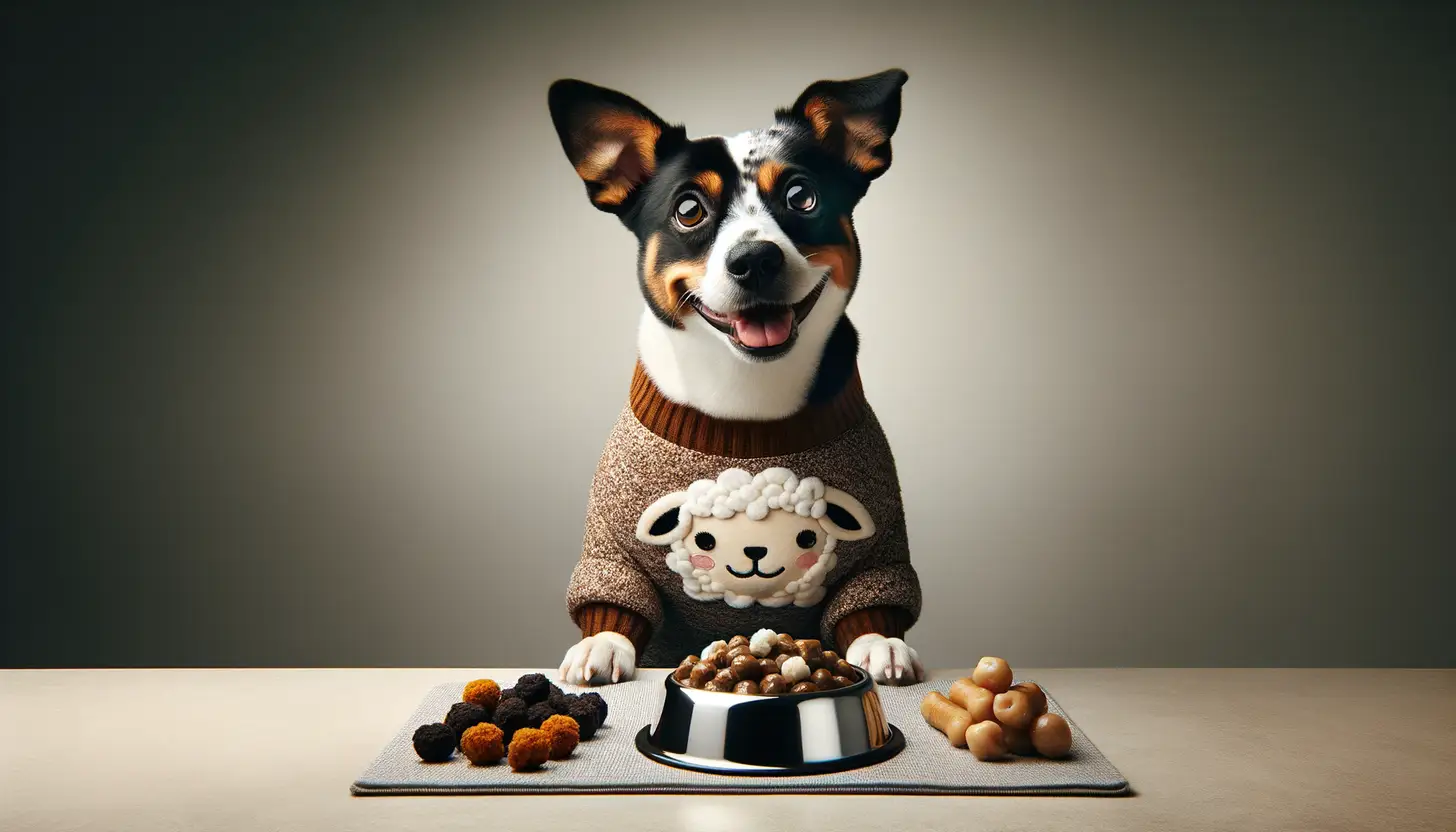
Can Dogs Eat Lamb?
Yes, dogs can eat lamb! Lamb is not only safe for dogs but can also be a great source of nutrition. However, it's important to ensure it's properly cooked and unseasoned to avoid any health issues.

By Stefan Stumpfl, in collaboration with Dr. Ali Raza.
Updated on Jun 30, 2024
Lamb is an excellent source of high-quality protein, which is essential for muscle maintenance and repair in dogs.
Lamb
Nutrition
Taste
Digestibility
Feeding Frequency
Allergic Risk
Why is Lamb Healthy for Dogs?
Lamb is packed with high-quality protein, essential for muscle health and repair. It also contains vital nutrients like vitamin B12, zinc, and iron. These nutrients support your dog’s immune system, energy levels, and overall health. Some veterinarians even recommend lamb for dogs with food sensitivities or allergies to more common meats like chicken or beef.
Do Dogs Like Lamb?
Most dogs love the taste of lamb. Its rich, savory flavor can be irresistible to them. If you're introducing lamb for the first time, watch how your dog reacts—chances are, they’ll be wagging their tail in approval!
Can Puppies Eat Lamb?
Puppies can also enjoy lamb, but with some caution. Always serve it in small, manageable portions and ensure it's well-cooked. Puppies have sensitive stomachs, so it’s crucial to introduce new foods gradually and observe for any digestive upset.
Can Dogs Be Allergic to Lamb?
Yes, dogs can be allergic to lamb, though it’s relatively rare. Symptoms of a lamb allergy may include itchy skin, ear infections, or gastrointestinal issues. If you suspect an allergy, consult your vet for advice and potential alternative protein sources.
How Much Lamb Can Dogs Eat?
How much lamb your dog can eat depends on their size, breed, and overall health. As a general rule, lamb should be a treat, not a staple. For small dogs, a few small pieces once or twice a week are sufficient. Larger breeds can handle more, but moderation is key to avoiding weight gain and digestive issues. Always start with small amounts and adjust based on your dog's response.
Best Ways to Incorporate Lamb Into Your Dog’s Diet
Serve lamb plain, without seasoning, garlic, or onions. You can cook it by boiling, baking, or grilling. Cut it into bite-sized pieces, making it easy for your dog to chew and swallow. Consider mixing lamb with their regular kibble to add a tasty twist to their meals.
Potential Risks of Lamb
While lamb is nutritious, feeding it in excess can lead to obesity and pancreatitis due to its high-fat content. Always ensure that the lamb is well-cooked to avoid bacteria and parasites. Avoid feeding your dog lamb bones, as they can splinter and cause choking or digestive tract damage.
Other Healthy Food Options
Here are some other protein-rich alternatives to diversify your dog’s diet:
- Chicken: Lean and easily digestible, great for dogs with sensitive stomachs.
- Turkey: Low in fat, high in protein, and a tasty option for most dogs.
- Fish: Rich in omega-3 fatty acids, beneficial for skin, coat, and joint health.
Conclusion
Incorporating lamb into your dog’s diet can offer numerous health benefits, from high-quality protein to essential nutrients. Just remember to practice moderation, serve it plain and cooked, and always consult your vet if you have any concerns or if your dog has specific dietary needs. A balanced diet is the key to a happy, healthy pup!